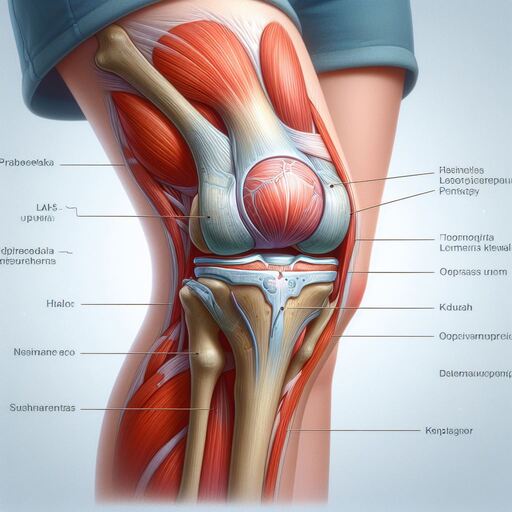ACL Tears in Children What Parents Need to Know About Treatment and Rehabilitation
ACL Tears in Children What Parents Need to Know About Treatment and Rehabilitation
An anterior cruciate ligament (ACL) tear is a common injury among children who participate in sports or other physical activities. While ACL tears can be devastating for children, proper treatment and rehabilitation can help them return to normal activities as soon as possible. Here are some important things parents should know about treating and rehabilitating an ACL tear in their child:
1. Seek medical attention promptly: If your child experiences a sudden popping sensation or pain in the knee, seek medical attention immediately. An ACL tear can be diagnosed through a physical examination and imaging tests such as X-rays or MRI. Treatment options will depend on the severity of the injury and other factors, so it’s important to act quickly.
2. Understand non-surgical treatment options: In many cases, ACL tears in children can be treated without surgery. Non-surgical treatments may include physical therapy, bracing, or immobilization. These treatments are typically less invasive and have fewer side effects compared to surgery. However, recovery time for these treatments may take longer.
3. Consider surgical intervention: For severe ACL tears in children who require more intensive physical activity or sport participation, surgery may be necessary. Surgery involves repairing or replacing the damaged ligament using tissue grafts from other areas of the body or donor tissue. Recovery time after surgery is typically longer, but can lead to a quicker return to normal activities.
4. Focus on rehabilitation: Regardless of whether your child undergoes non-surgical or surgical treatment for an ACL tear, rehabilitation is essential for recovery. Rehabilitation may include physical therapy exercises, strength training, and other exercises designed to improve knee function and restore normal movement patterns.
5. Encourage patience and perseverance: Returning to normal activities after an ACL tear can be a slow and challenging process. It’s important to encourage your child to be patient and persistent in their rehabilitation efforts. Celebrate small milestones along the way and remind them that recovery is a journey, not a destination.
6. Support your child’s mental health: ACL tears can be emotionally taxing for both children and their parents. It’s important to support your child’s mental health during the recovery process. Encourage them to express their feelings and provide emotional support as needed.
7. Consider long-term effects: While an ACL tear may not have long-term consequences in some cases, it can lead to chronic knee pain or instability in others. It’s important to work with your child’s healthcare provider to develop a long-term treatment plan that addresses any underlying issues and promotes overall health and wellness.
ACL Tears in Children What Parents Need to Know About Treatment and Rehabilitation
In conclusion, ACL tears in children require prompt medical attention and proper treatment and rehabilitation for recovery. Seek medical attention immediately, understand non-surgical treatment options, consider surgical intervention for severe cases, focus on rehabilitation, encourage patience and perseverance, support your child’s mental health, and consider long-term effects when developing a recovery plan.
ACL Tears in Children What Parents Need to Know About Treatment and Rehabilitation

